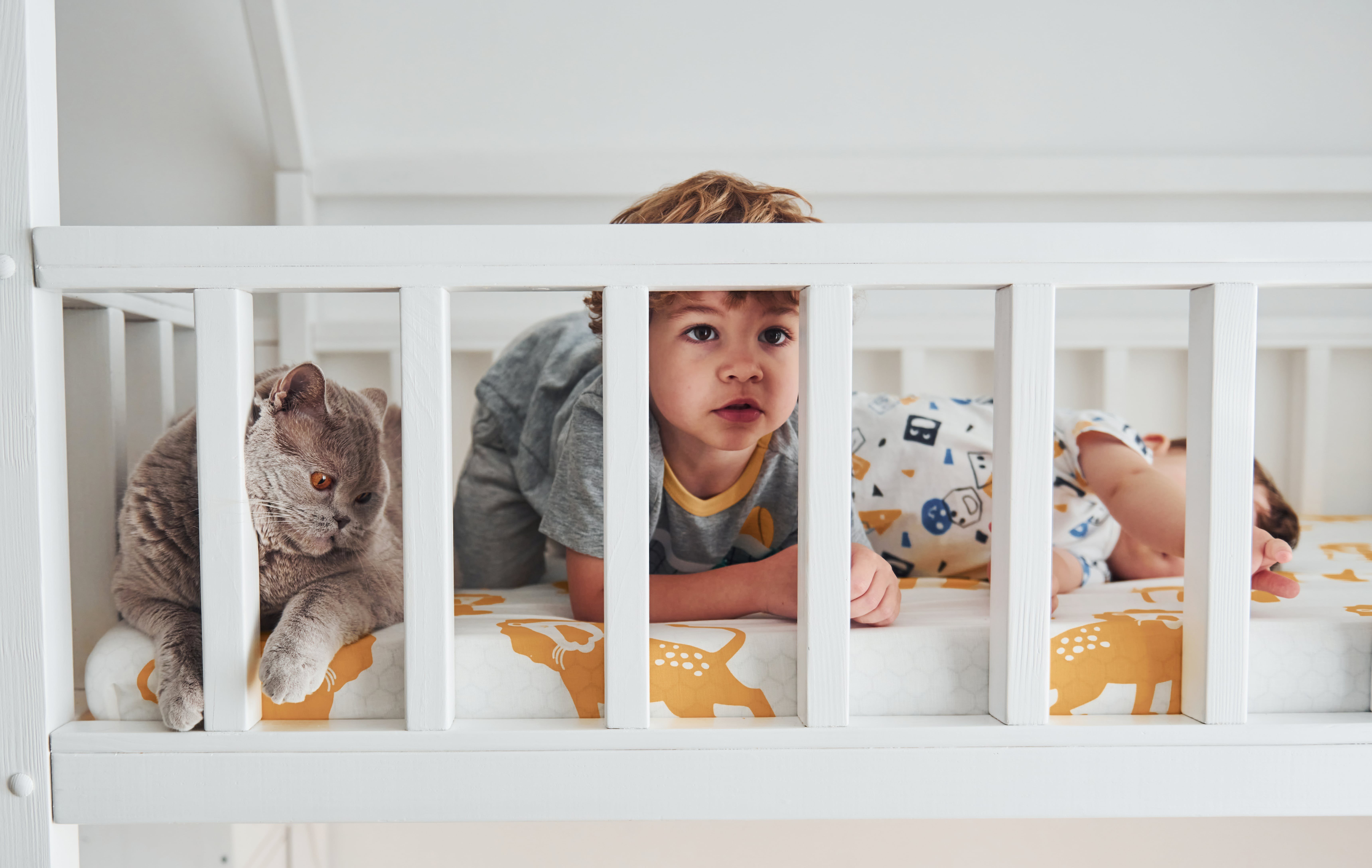You'll Be Unable To Guess Bedside Cosleeper's Tricks
관련링크
본문
 bedside cosleeper (Our Webpage)
bedside cosleeper (Our Webpage)A bedside cosleeper is a bassinet which is attached to the side of your adult bed. As long as you adhere to the CSPC guidelines for infant sleeping spaces it's secure.
These guidelines are similar to crib bedding standards. Read more about the guidelines here. When selecting a bedside sleeping device security, comfort and ease of use are the primary aspects to take into consideration.
Safety
Many new parents and expecting mothers have embraced cosleeping, also known as bed-sharing, in line with the American Academy of Pediatrics recommendation that infants should sleep in the same bedroom as their parents. The Academy says that sharing rooms is safer than sleeping with an infant in the same bed because it decreases the risk of Sudden Unexpected Death in Infancy, or SIDS. While the AAP disapproves of bed sharing, it does recommend that co-sleeping be done on a separate sleep surface to reduce the risk of SIDS. This is why the introduction of the bedside cot wooden cosleeper was important for many families.
A bedside cosleeper is a similar to a crib sleeper that can be attached to an adult bed frame. The bedside cosleeper enables parents to easily keep an eye on their baby and gives them the freedom of a bed while keeping their baby close by. The top cosleepers are constructed with high-quality materials and adhere to stringent safety standards. To ensure your child's safety be sure to look for the Juvenile Products Manufacturers Association stamp of approval. This proves that the product has been tested thoroughly and quality control.
The safety of a cosleeper is contingent on a variety of factors. This includes the way it's put in place and secured onto the parent's mattress. If the bedside co sleeper cosleeper isn't connected to the parent's bed in a way that blocks the gaps and spaces where an infant can become trapped, it could be an hazard of suffocation. It is important that the attachment system of a bedside crib be examined to determine if it is able to withstand the forces that could be imposed during the use of it, like a parent rolling onto and off the sleeper, or a 25-lb. horizontal force applied to the attachment system or the corners of the bedside cosleeper.
The standard for bedside sleeping cribs incorporates, as a reference, the federal consumer safety standards for bassinets (16 CFR part 1218) which includes specifications for the performance of closed openings. The standard's mandatory requirements also tackle the issue of head and neck traps by requiring after application, and release a 50-lb. The standard also states that following the release and application of 50 pounds. is not allowed to be created. ASTM's electronic Reading Room offers read-only versions of the standard.
Convenience
While many parents have avoided cosleeping due to fear of suffocation SIDS or the "Ferberization" process that forces children to be in a room by themselves, anthropologists have long noted that most primates and mammals as well as those in non-Western societies, regularly cosleep. This may be because infants are comforted by the familiar voice of their mother and it may also help to practice self-soothing.
The top bedside sleepers have clever designs that are attached to the side of a mattress and swivels so you can easily reach it to change diapers or feeds during the middle of the night. Look for one with feet that can be adjusted to retract to accommodate various mattress heights and a large storage space for all of the necessities for your baby.
Choose a bedside crib that will fit the standard crib bedding, so that it will be safe to use as your child grows. You might also think about a convertible model that can transform into a play yard or a more deep bassinet for years of use. It folds easily for travel.
Portability
Depending on the dimensions of your bedroom, a bedside crib co sleeper cosleeper with wheels and/or a light base could be more convenient to move around your home than one with a heavy wood frame or massive base. The Babybay bedside crib with changing table Sleeper, HALO BassiNest Essentia and Snoo Smart Sleeper all come with amazing portability features. The adjustable feet that retract to accommodate platform beds; legs fold inward to give the most comfortable closeness to the mattress and a sides made of 100% mesh to allow for air circulation without fabric covering baby's mouth or nose.
The Arm's Reach ClearVue is another top choice that adjusts in 1" increments to fit in most adult beds and can also serve as a portable bassinet. It also swivels to allow for easy access to your baby to soothe her, feed her or check on the baby during the night.

